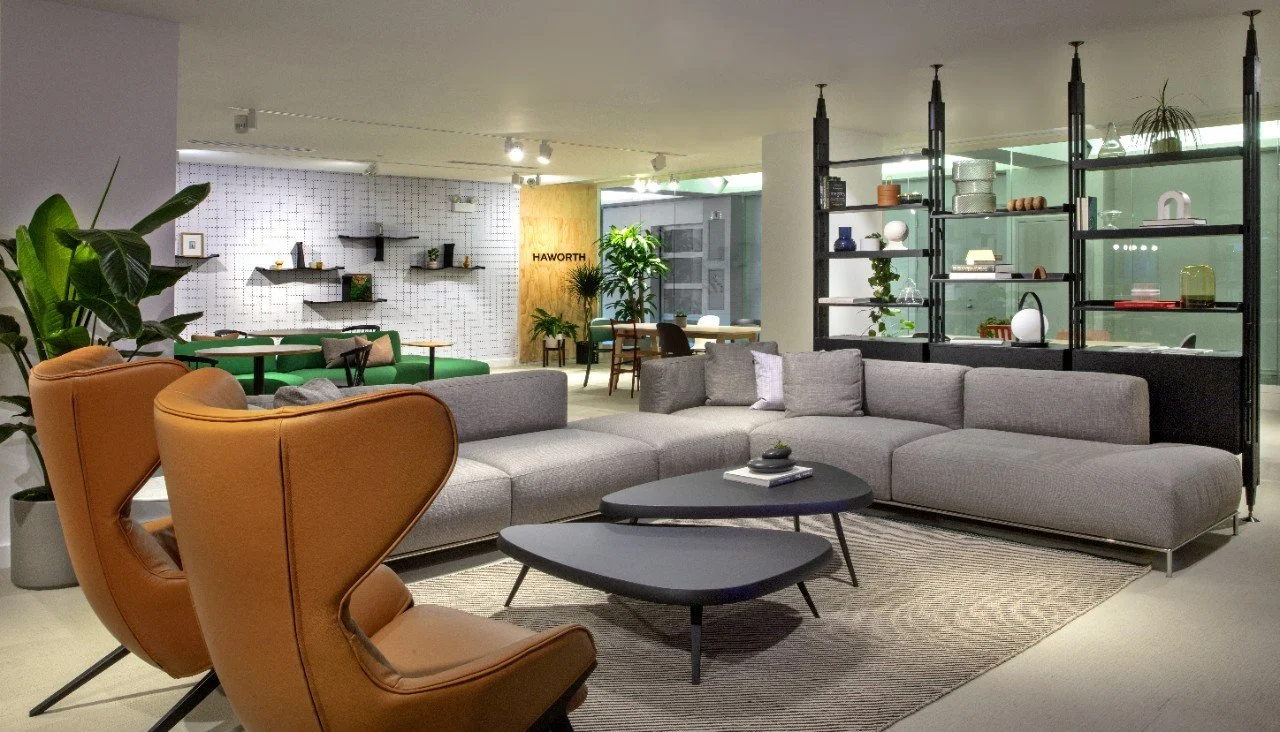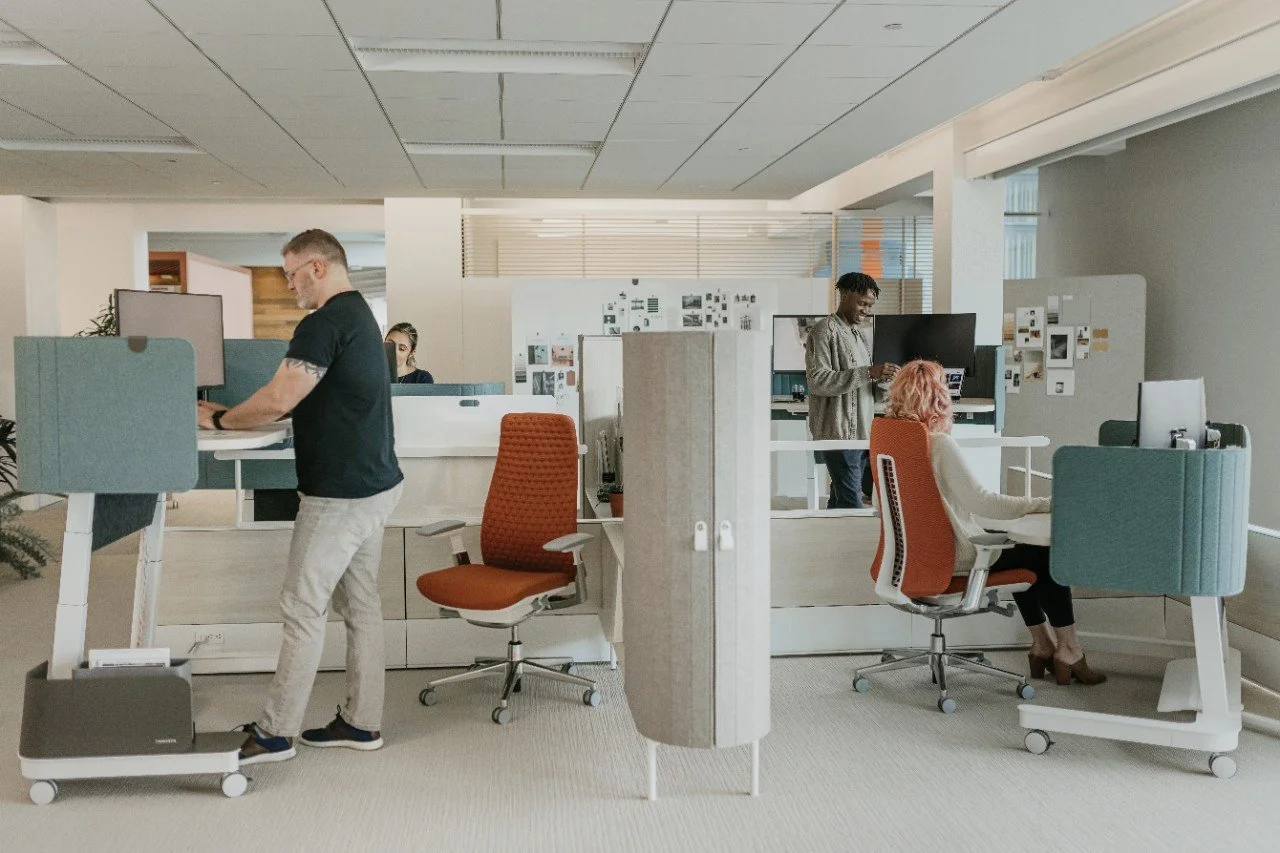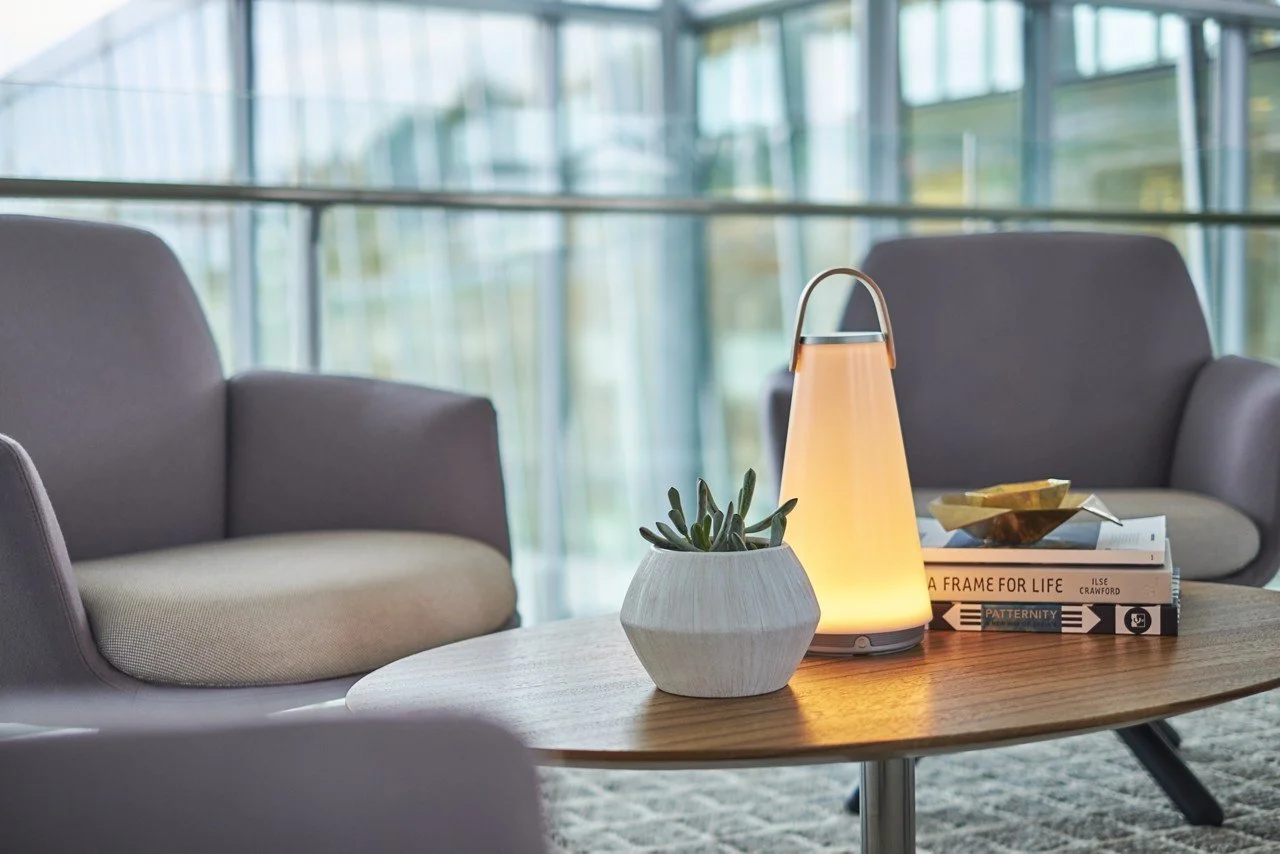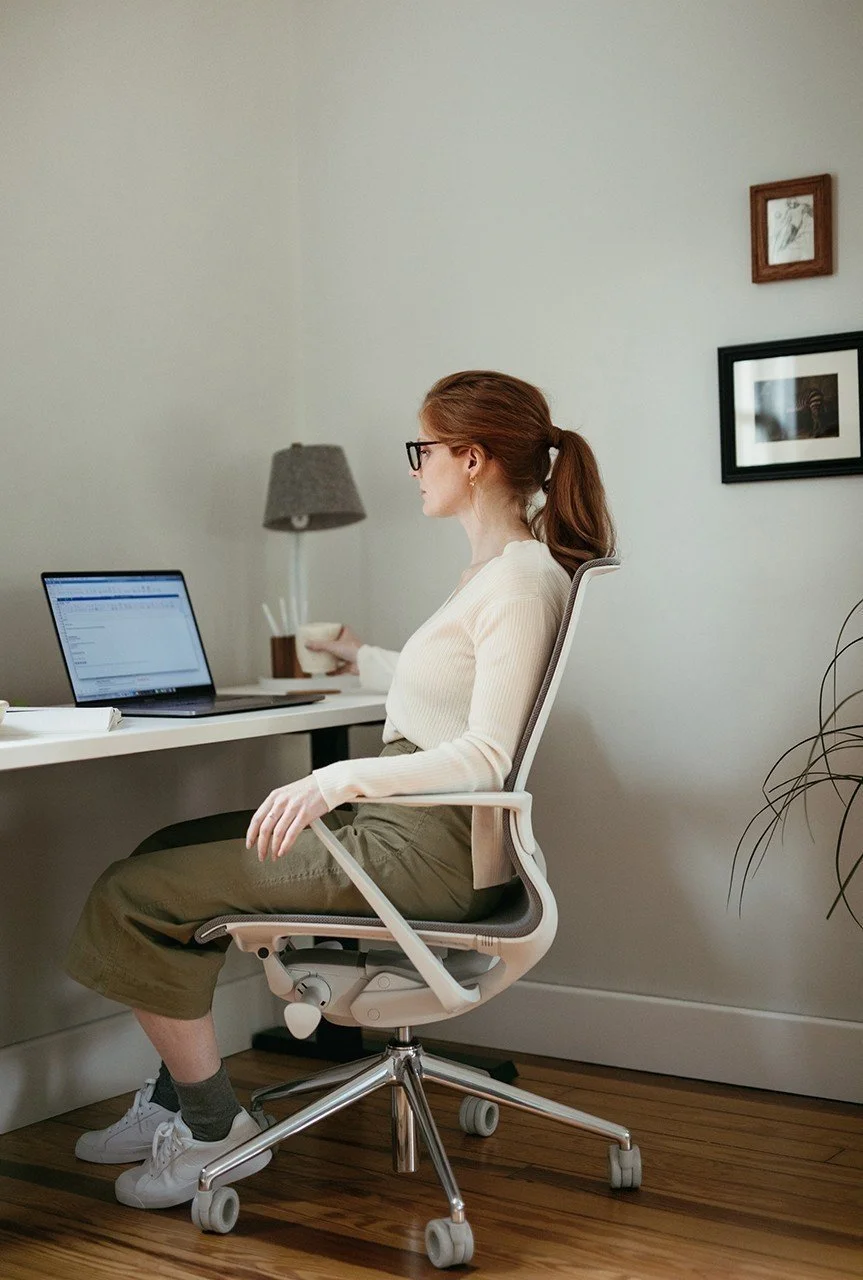Get tips for ensuring participation, collaboration, and successful outcomes
Read MoreHave you ever wondered why the human race has relied on nature for centuries—and now more than we ever thought we would? When a challenge arises, we tend to seek answers from the natural environment around us to solve, or at the minimum, guide us in managing uncertainty. This is the reason you may have heard so much about how biophilia or biophilic design can offer solace and inspiration in spaces for people returning to the workplace following the COVID-19 pandemic.
But what is biophilic design? And how can we activate it in the workplace?
Read MoreWell-being encompasses our physical, cognitive, and emotional health. “By designing spaces that meet our needs for hygiene, safety, and comfort, architects and designers have the power to contribute to well-being on a personal, social, and environmental level,” says Seth Stevens, Chief Designer of Luxury Space at Kohler.
Read MoreMany of us could benefit from personal and workplace stress management tools that help us alleviate all kinds of stress and anxiety. “Fortunately, there are proven ways to reduce stress,” says Jordan Friedman, a pioneer of stress and anxiety reduction education—and former director of Columbia University’s Health Education Program.
Read MoreSeeking input on future office transformation to support flexible office spaces, Gabor Kovas interviewed a workspace expert who attended the virtual summit. Dávid Horváth is the Lead Workplace Advisor & Service Designer at Colliers. His specific approach is to begin working with his customers in the very early stages of a project, setting up workshops as soon as the company decides to move or transform their existing space. His advice influences the whole design of a project. Considering his comprehensive work, I can state Dávid is professional, owning thoroughness and high organizational skills, which I have experienced during shared projects.
Read MoreFactors influencing business have never been more complex than today. The key to how organizations and their leaders make business decisions is to first gather relevant information and input. That’s why we continually track shifts in culture, technology, and other trends in the workplace. Keep reading for 8 trending topics we’ve identified that now influence how business gets done.
Read MoreEquitable access to collaborative experiences is more important than ever as we manage the complexity of hybrid work. Giving high-performing teams the tools and space necessary to get work done is instrumental to their ability to collaborate, create, and innovate. Because of this, high-impact spaces must exist for teams in both physical and virtual realms—incorporating analog and digital sharing for in-person and remote work.
Read MoreIn the US alone, 55 million pounds of synthetic plastic textiles are sent to landfills every day. Only 1% of all synthetic and plastic-based textiles are eventually fully recycled. Haworth offers textiles that have been redesigned from thrown-away materials into revolutionary biodegradable textiles.* Part of the CLEAN IMPACT TEXTILES™ Biodegradable line, Scapes is a proprietary, “leave-no-trace” solution that complements textile recycling. This game-changing technology establishes a new, bi-circular economy model for polyester fabric to flow through either a biological or technical cycle at the end of its useful life.
Read MoreIf there is one thing we’ve all learned in the past months, it is that the future is impossible to predict. But consistent small adjustments can be extremely valuable in managing culture change that helps us adapt and thrive in an ever-evolving world.
Read MoreThe disruption of the COVID-19 pandemic has people and organizations reassessing what’s most important to them. The ways we work, live, and play is shifting as people choose what’s best for their well-being and the planet. Here are 8 top trends we’re seeing in 2022.
Read MoreWhat does space design look like in a future that refuses to be predictable? With the availability of COVID-19 vaccines and boosters and updated safety protocols, we're finding ourselves between the end of what we knew and the start of what's next. What does this mean for productivity, culture, and design?
Read More










